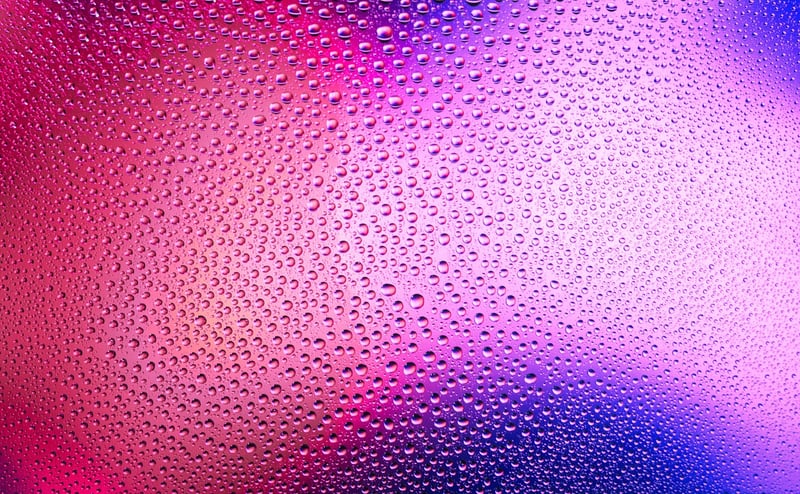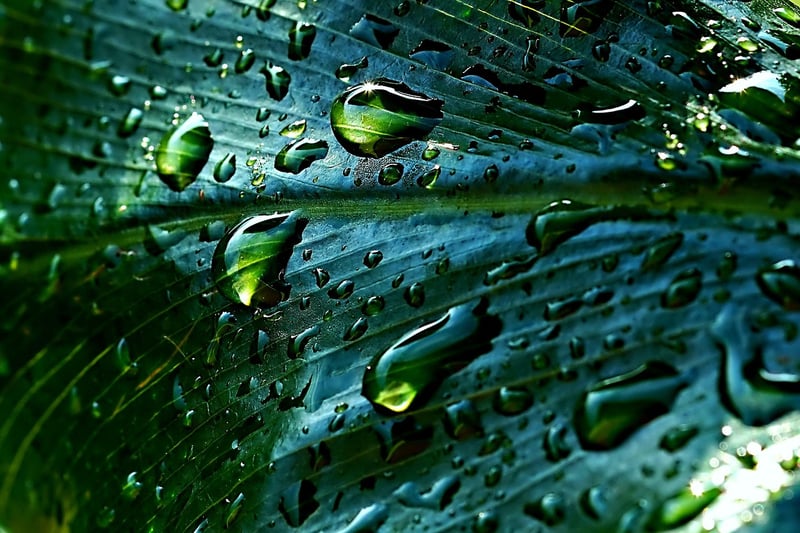Rainwater Harvesting
The Future is Now: Creative Urban Solutions with Rainwater Harvesting

Urbanization is on the rise, and so are the challenges that come with it. As cities expand, issues like water scarcity and flooding become more prevalent. However, one innovative solution that is gaining traction is rainwater harvesting.
What is Rainwater Harvesting?
Rainwater harvesting is the process of collecting and storing rainwater for later use. This ancient technique has been modernized to suit urban environments, offering a sustainable way to manage water resources.

Benefits of Rainwater Harvesting in Urban Areas
- Water Conservation: By capturing rainwater, urban areas can reduce their dependence on traditional water sources, helping to conserve water for the future.
- Flood Prevention: Rainwater harvesting systems can mitigate flooding by diverting excess water away from streets and buildings.
- Cost Savings: Utilizing rainwater for non-potable uses such as irrigation and toilet flushing can lead to significant cost savings on water bills.
- Sustainability: Rainwater harvesting promotes sustainability by reducing the carbon footprint associated with water treatment and transportation.
Implementing Rainwater Harvesting in Urban Planning
Integrating rainwater harvesting into urban planning requires collaboration between government bodies, developers, and residents. Building regulations can be updated to mandate the inclusion of rainwater harvesting systems in new constructions, while incentives can be provided to encourage retrofitting existing buildings.
Get Involved!
Whether you're a city planner, architect, or concerned citizen, there are many ways to promote rainwater harvesting in urban areas. Educate yourself about the benefits of rainwater harvesting and advocate for its implementation in your community.
Together, we can create a more sustainable and water-resilient future for our cities.
